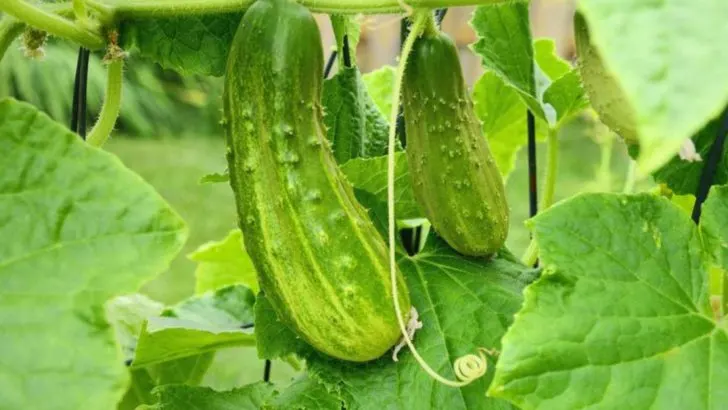If you’re short on space or simply want to maximize your garden’s productivity, growing climbing vegetables is the perfect solution. Vertical gardening not only saves space but also improves air circulation, reduces pest problems, and makes harvesting easier. Here are 13 of the best climbing vegetables to grow vertically for a bountiful and efficient garden.
Pole Beans
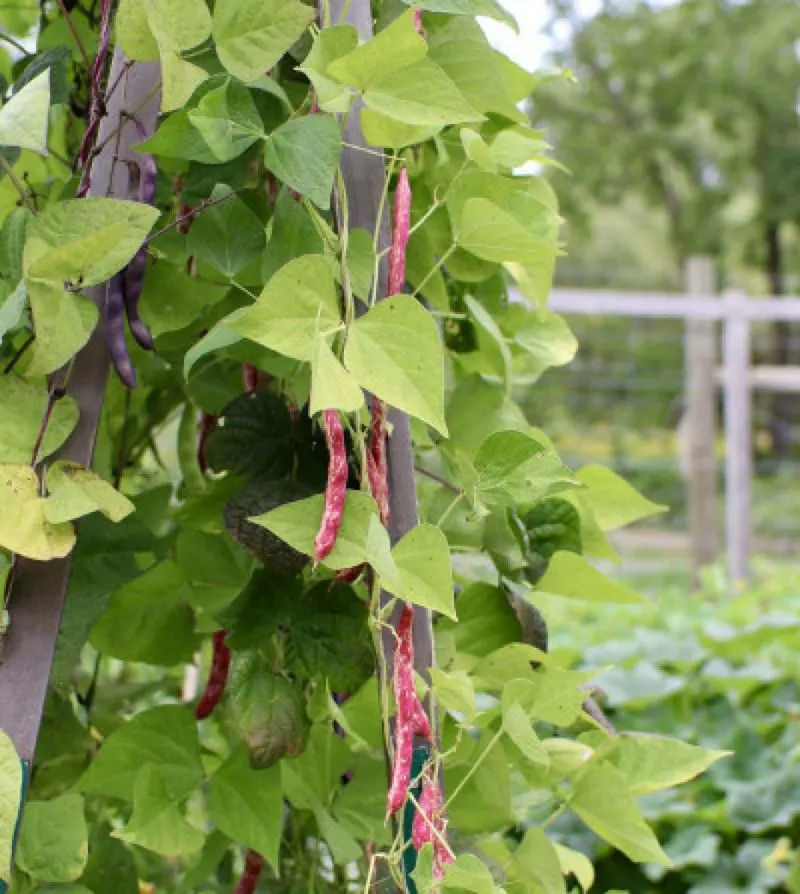
Pole beans are prolific producers, making them a top choice for vertical gardening. Their vines can reach impressive heights, often requiring sturdy support like a trellis or a series of poles. With varieties available in green, yellow, and purple, they add both color and diversity to your garden. Regular harvesting ensures continuous production, providing fresh beans throughout the growing season. Perfect for stir-fries or steamed as a side dish, pole beans are versatile in the kitchen. Easy to grow, they prefer a sunny location and well-drained soil. Consistent watering helps maintain their vigorous growth.
Cucumbers
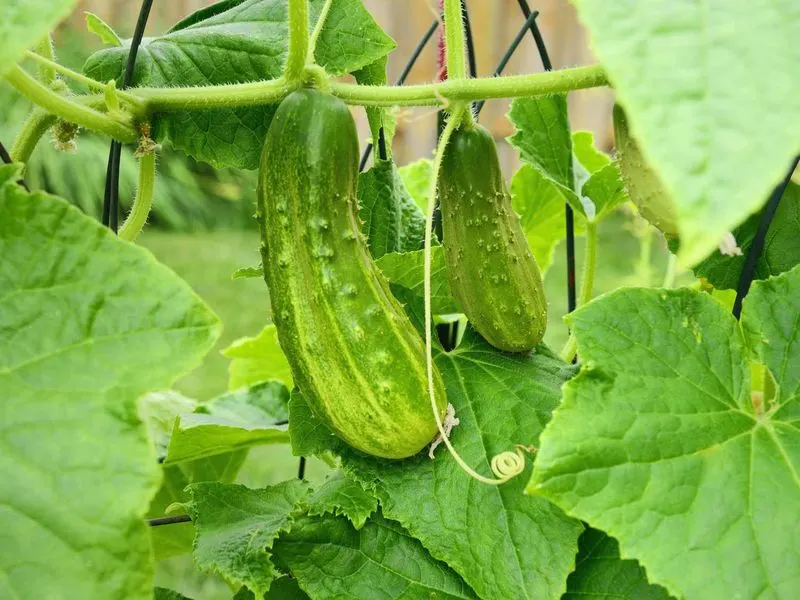
Cucumbers thrive when grown vertically, benefiting from the increased air circulation and exposure to sunlight. This method reduces the risk of disease and pests, ensuring healthier plants. A trellis or netting supports their vigorous vines and keeps the fruit clean. There’s a variety to suit every taste, from the traditional slicers to the smaller, snack-sized types. Regular watering and occasional feeding encourage a bountiful harvest. Ideal for salads, pickling, or just munching fresh from the garden. Vertical growth makes it easier to spot and pick ripe cucumbers.
Peas
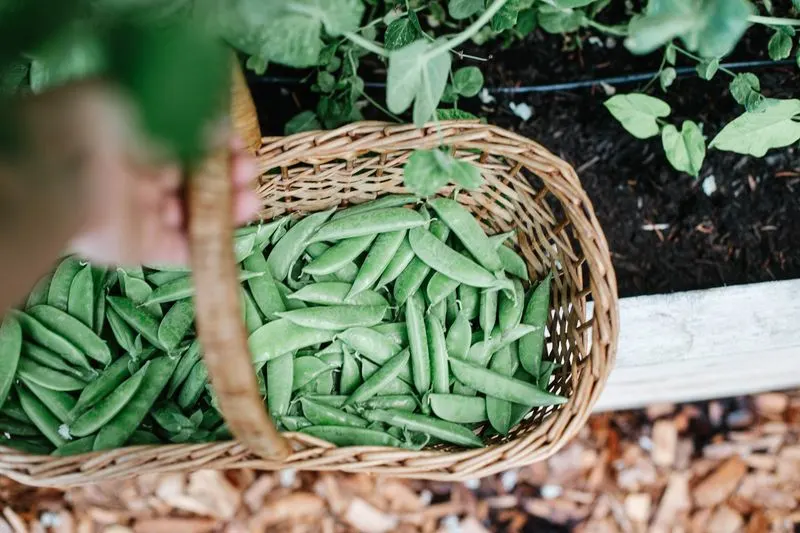
Peas are an excellent choice for vertical gardening, using their tendrils to latch onto supports. Quick to germinate, they provide early spring greens and are one of the first vegetables to harvest. Their charming white flowers add an ornamental touch before the pods develop. Harvesting young ensures sweet, tender peas. Suitable for eating fresh or adding to dishes like stir-fries and soups. Peas fix nitrogen in the soil, benefiting subsequent plantings. Provide them with a sunny spot and ensure the soil is consistently moist for best results.
Tomatoes
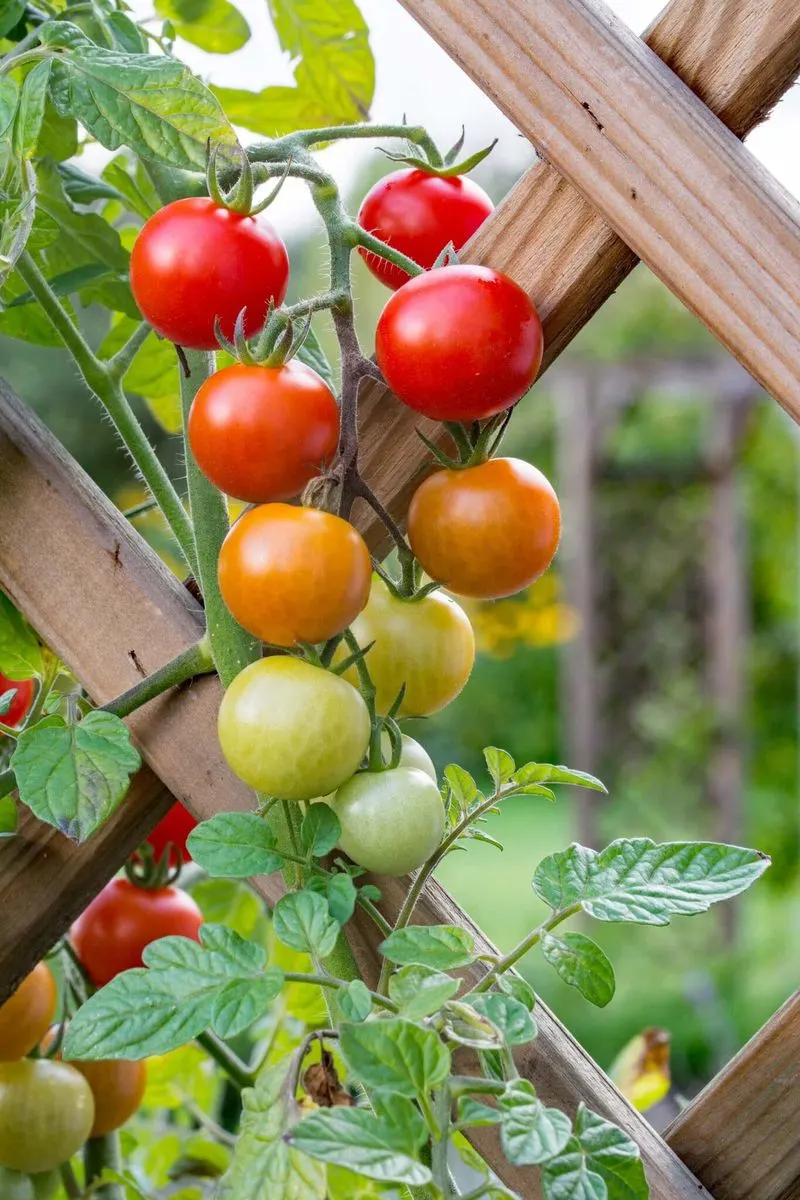
Tomatoes are a staple in any vegetable garden and adapt well to vertical growing techniques. Indeterminate varieties, in particular, thrive on supports like cages or stakes. This vertical approach keeps the fruit off the ground, reducing rot and pest issues. Tomatoes require regular watering, particularly during fruiting, but benefit from deep, infrequent irrigation. Pruning promotes air circulation and encourages stronger, healthier plants. Use them fresh in salads, cooked into sauces, or preserved as paste. With their rich flavor and versatility, tomatoes are a must-grow for any gardener.
Zucchini
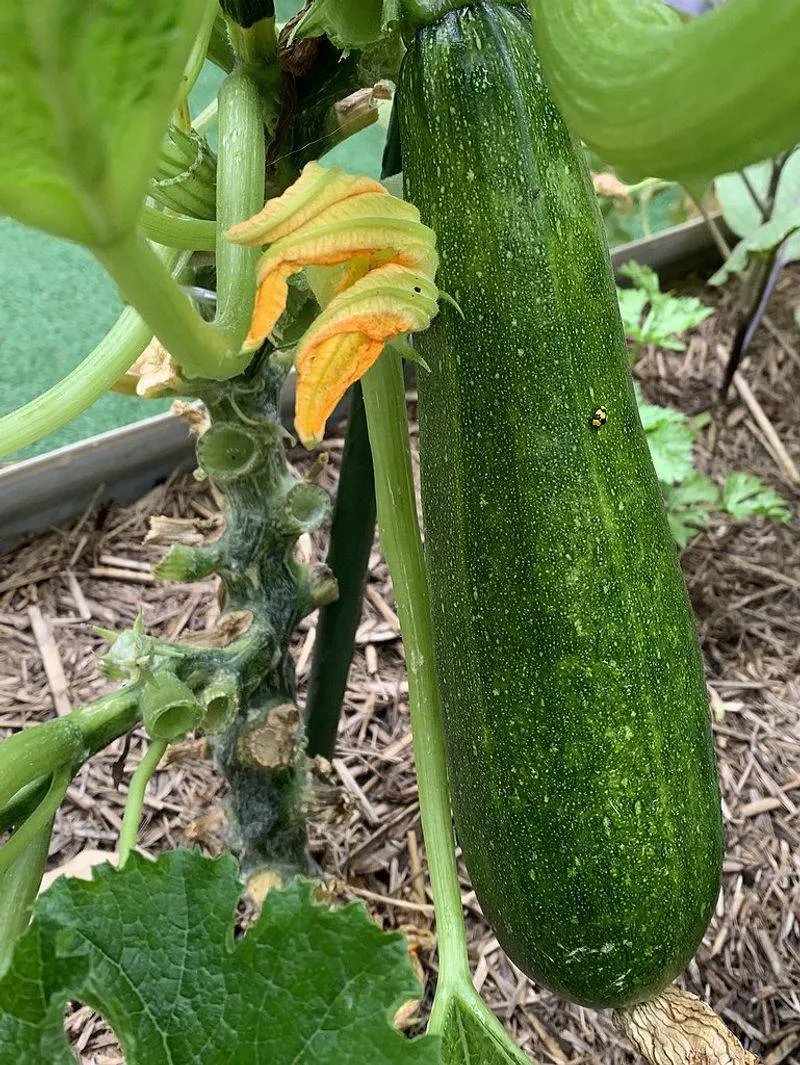
Growing zucchini vertically saves space and prevents overcrowding, which can lead to fungal issues. By tying them to stakes or a trellis, you encourage upward growth, allowing better air circulation. Zucchini plants are heavy producers, so regular harvesting is essential to keep up with their output. The edible flowers are a delicacy, perfect for stuffing or frying. Zucchini prefers a sunny position with well-drained soil and benefits from regular watering. It’s a versatile vegetable in the kitchen, suitable for grilling, baking, or spiralizing into noodles.
Pumpkins
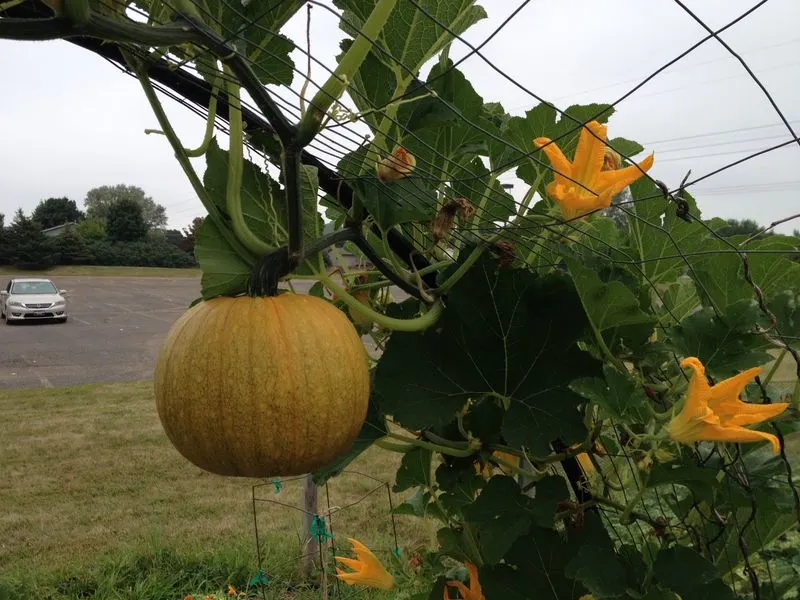
For those with ample space, pumpkins can be trained to climb vertically. Although they require strong support to bear the weight of the developing fruits, the effort is rewarding. Growing pumpkins vertically improves sunlight exposure and reduces the risk of ground rot. Choose smaller varieties to ease the burden on their supports. Regular watering and feeding promote healthy growth. Their large leaves offer a lush appearance, and the fruits are ideal for pies, soups, or carving. A novel way to grow this Halloween favorite, adding both height and drama to your garden.
Malabar Spinach
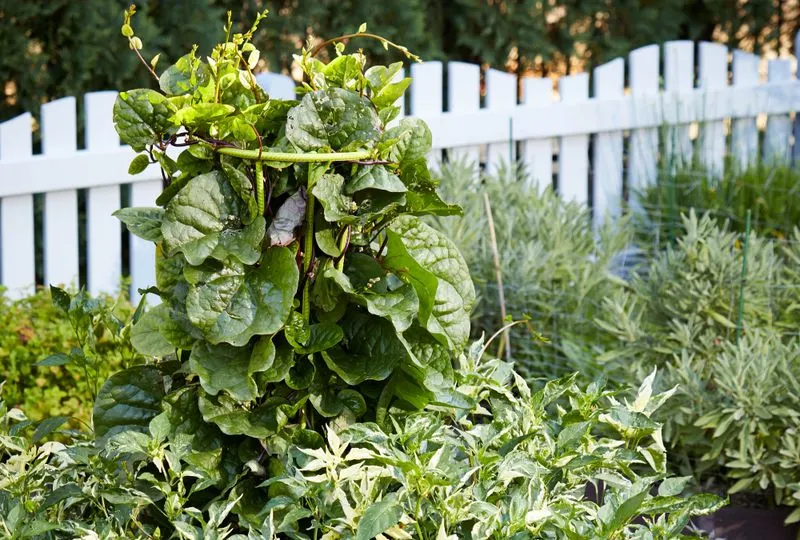
Unlike true spinach, Malabar spinach thrives in warm climates and makes an excellent climbing vegetable. Its thick, glossy leaves grow rapidly on vines, making it perfect for vertical gardening. This heat-tolerant plant is ideal for summer gardens, providing leafy greens when other varieties struggle. Its slightly tangy taste complements salads and stir-fries. Regular harvesting encourages new growth and prevents the plant from becoming too woody. Ensure consistent moisture and a sunny position to maximize its lush foliage. A standout choice for those looking to add a tropical touch to their vegetable patch.
Bitter Melon
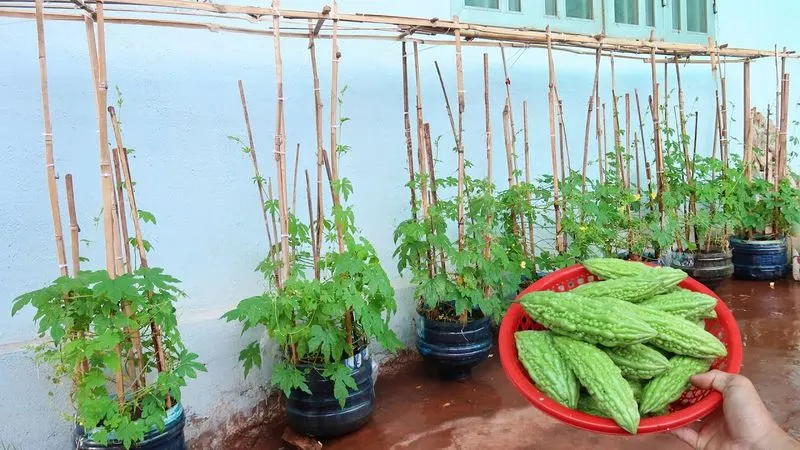
Bitter melon is a staple in many Asian cuisines and is perfect for vertical gardening. Its vines climb readily, producing distinct warty fruits that hang down attractively. The plant prefers warm, sunny conditions and benefits from regular watering and feeding. Harvest the fruits while they are still green for the best taste. Bitter melon is known for its health benefits, particularly in managing blood sugar levels. Its unique flavor enriches dishes like curries and stir-fries. A wonderful choice for gardeners looking to diversify their crops with something uniquely flavorful.
Gourds
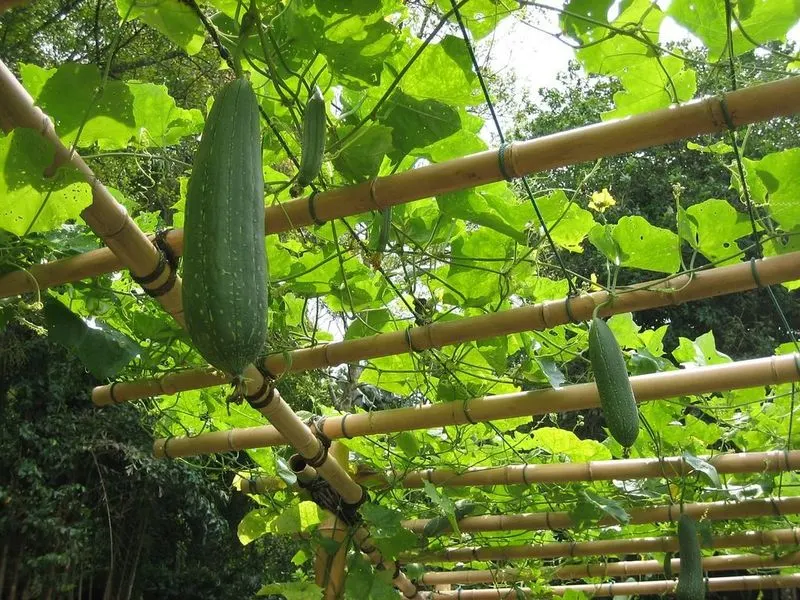
Gourds are not only ornamental but also functional, easily grown on trellises or pergolas. Their rapid growth and climbing nature make them ideal for vertical gardening. Diverse in shapes and sizes, gourds provide a visual feast as they hang down in colorful displays. They require plenty of sunshine and regular watering to thrive. Once mature, gourds can be dried and used in crafts or as utensils. Their sprawling vines can cover structures, creating a natural canopy. This versatile climber is perfect for those looking to add both beauty and utility to their garden.
Luffa
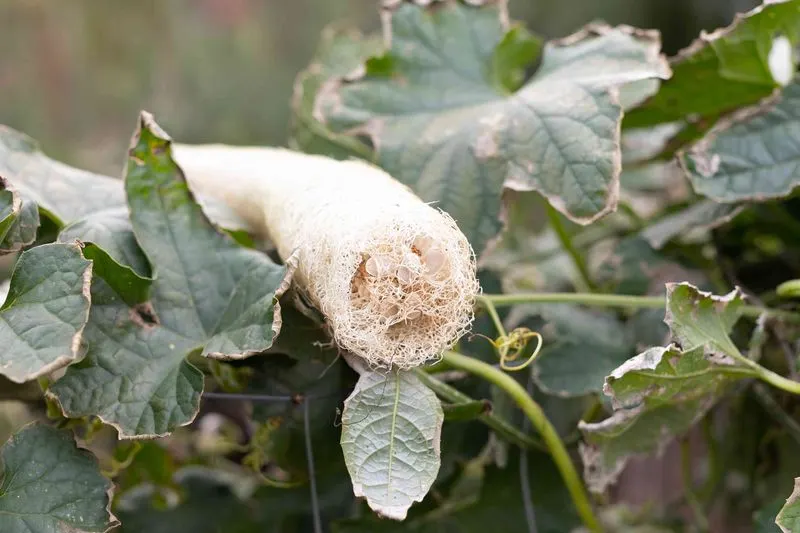
Luffa, commonly known as sponge gourd, is a fascinating plant to grow vertically. The vines rapidly climb supports, making it essential to have a sturdy trellis. Luffa requires a long growing season to mature, preferring full sun and consistent watering. Harvest the fruits when they are young for culinary use, or let them mature to create natural sponges. The mature fruit can be peeled and dried, revealing the fibrous interior used in exfoliating products. Growing luffa adds an element of curiosity and education to your garden, with practical benefits.
Winter Squash
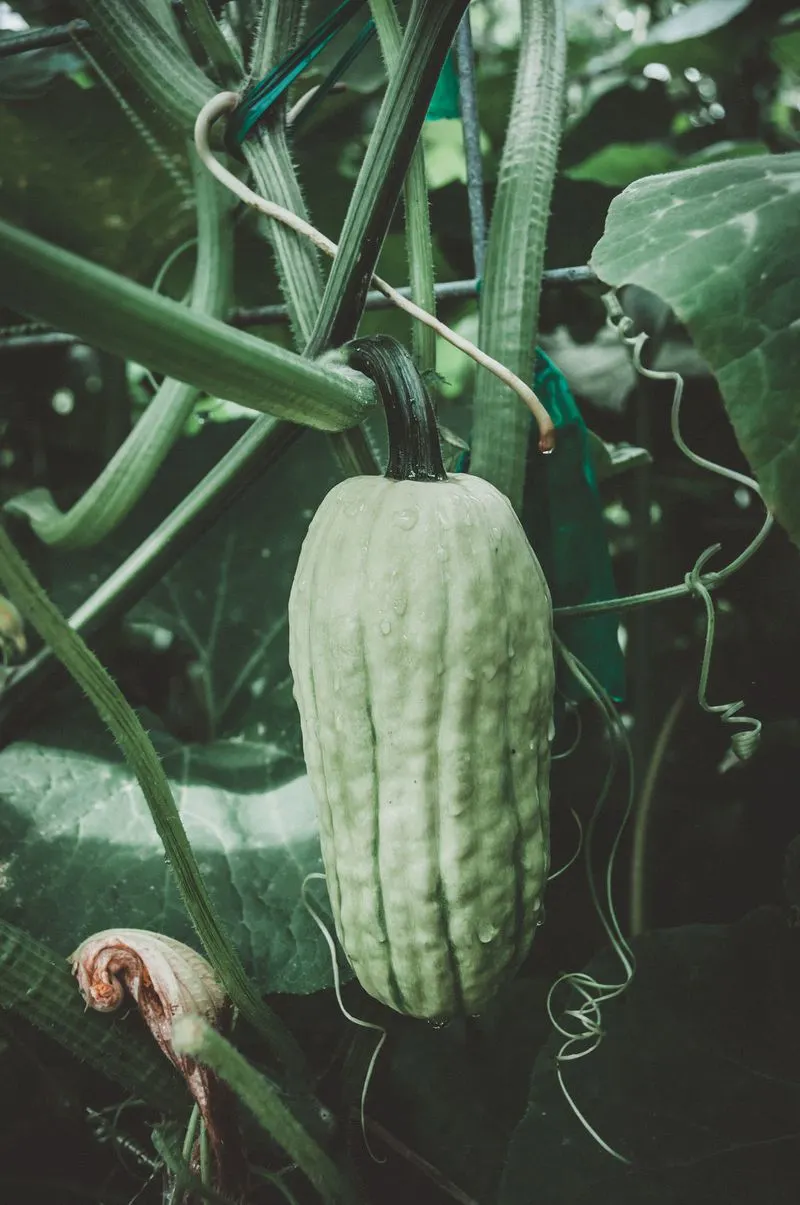
Winter squash, with its diverse range of shapes and colors, is well-suited to vertical growth. This technique saves space and exposes the fruits to more sunlight, enhancing their sweetness. Strong support is crucial as the fruits develop. Regular watering and feeding promote vigorous growth. Harvest in late autumn when the skins are hard and the color deepens. They’re perfect for storing and using throughout winter in soups, roasts, or as a side dish. Growing them vertically not only saves space but also makes harvesting easier, reducing back strain.
Hyacinth Beans
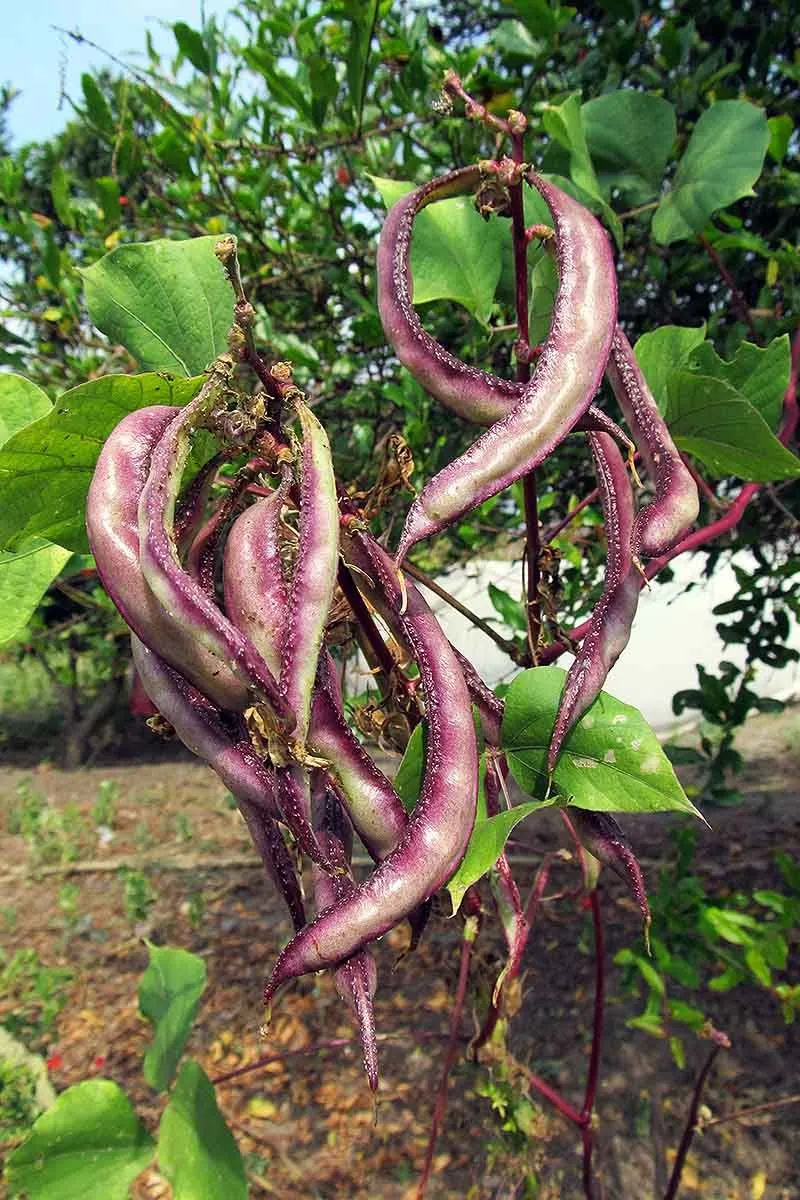
Hyacinth beans offer both beauty and utility in the garden, producing stunning purple flowers and pods. These vigorous climbers are ideal for vertical gardening and quickly cover trellises or fences. While the young pods are edible, the seeds require thorough cooking to eliminate toxins. They thrive in warm climates and prefer well-drained soil and regular watering. Hyacinth beans add a splash of color and a tropical feel to your garden. Perfect for gardeners seeking a dual-purpose plant that combines ornamental appeal with culinary use.
Snap Peas
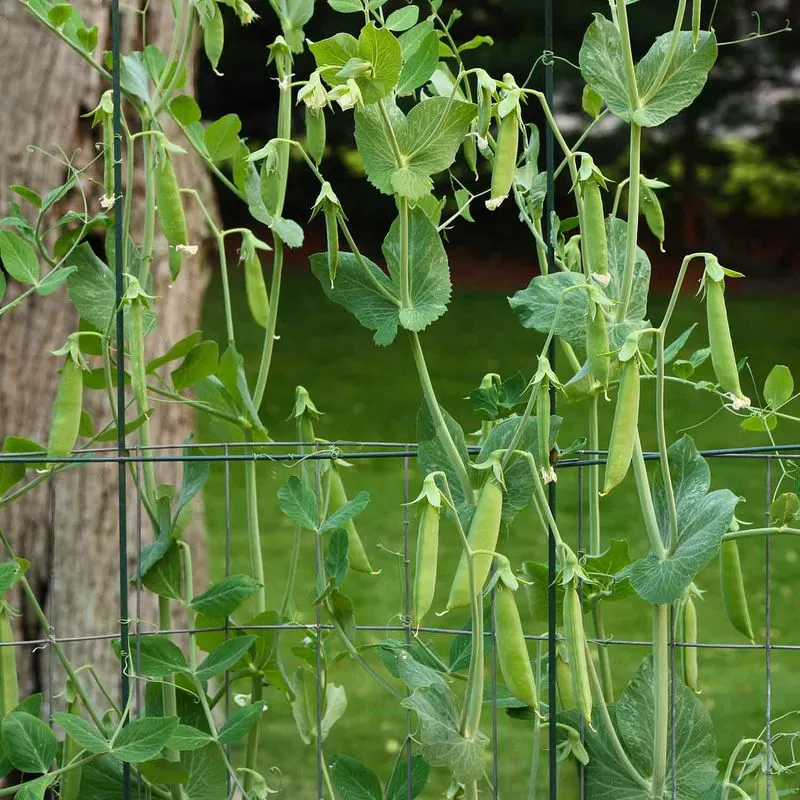
Snap peas are a delightful climbing vegetable that offers crisp, sweet pods. They attach themselves to supports with tendrils, making them perfect for vertical gardening. Early planting allows for a spring harvest, and regular picking encourages continuous production. Snap peas are versatile, great for snacking, adding to salads, or cooking in stir-fries. Ensure they receive plenty of sunlight and consistent moisture for the best results. Their cheerful green pods and delicate flowers add charm and utility to any vertical garden setup.

